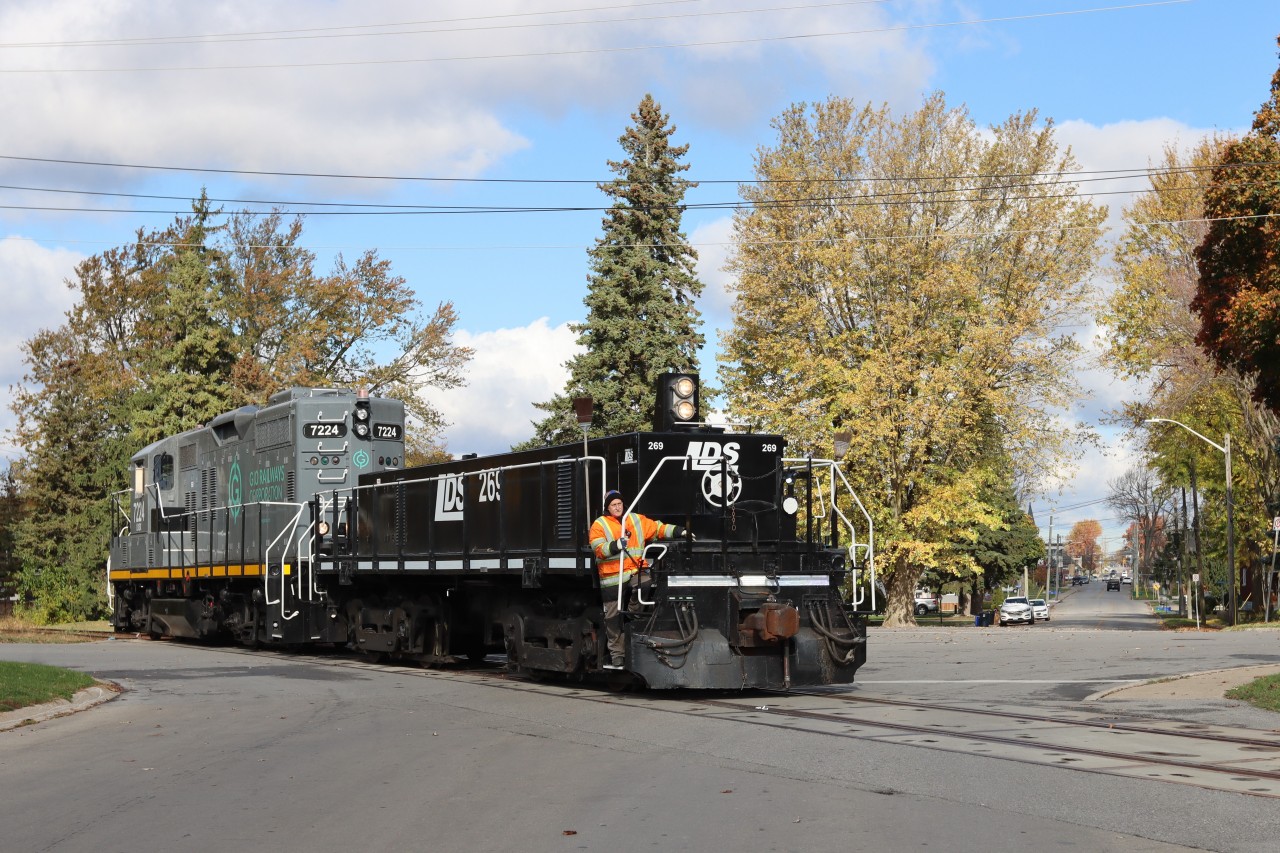
Welcome Visitor. First time here? Like what you see? Bookmark us for when you are bored, and check out 'top shots' and 'fantastic (editors choice)' in the menu above, you won't be dissapointed. Join our community!
click here to sign up for an account today. Sick of this message? Get rid of it by
logging-in here.



Good work there Terry, that is nice to see, especially with the slug
As an old retired railroader, I notice how modern railroaders don’t necessarily ride on the hogger’s side when riding the point. When I started, we used hand signals without radios on some jobs. When radio use became universal, we were still told to ride on the engineer’s side in case the radio quit. Of course there were situations where you had to be on the other side, like next to a busy main track, or where there is a steep hill with no room to stand. In those cases, I guess we had a bit more trust in radio performance than usual.
I don’t even know if hand signals are taught to new hires now, but railroading is a very different game than it was 50 years ago..
Ronald, yes that is the case now. Many new railroaders don’t understand the importance of being in the hog’s line of sight. They do still teach hand signals but I rarely see them used by any of my colleagues with less than 10 years on the job. I use them often to make joints light power, especially around Toronto. They are a useful tool. As for this photo though, the conductor is actually on the hogger’s side. This is a former CN GP9RM which retained their control stand in the lhf (long hood forward) configuration, after their rebuild (7000′s and 7200′s only). Typically pairs their cow and calf setups with the calf on the front of the locomotive like in this photo. Hope this clarifies.
Trillium uses a lot of hand signals, at least in my experience following them. It can go both ways but some crews are quiet on the radio.